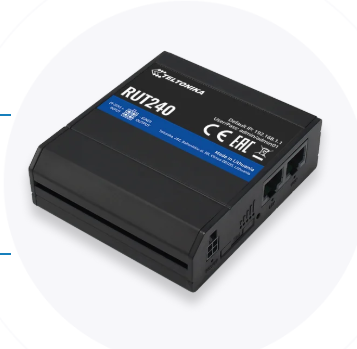
New Fujikura 70S+ Splicer
The Fujikura 70S + is the new fused standard with core alignment.

The Fujikura 70S + is the new fused standard with core alignment.

Planex participated in Internet Day 2019 organized by CABASE, the Argentine Chamber of Internet. 163/5000 This event was held on May 16 and 17, there we have presented our product lines oriented to the Telecommunications, IT and Security market.
Within the framework of the event, different current topics were discussed:
The solutions that generated the most interest were:
Wireless FTTH
Interoperable FTTH
FO Tools and Instruments
We thank all the clients and partners who have approached our stand and are available to bring the latest technology to implement their projects.



With the arrival of new Networking paradigms, such as NFV and SDN, Planex felt the need to adopt these technologies and show their cost and flexibility benefits. For this purpose, a group was created to research and develop virtualization solutions focused mainly on NFV and SDN, although they do not necessarily have to be related.
Currently, focus is on implementing Proofs of Concept (POC), through which it is possible to display with little physical resources, in a simple, agnostic way, a real case scenario based on SDN controllers ( Openflow enabled) and VNFs, which may be based upon microservices or VNFCs.
As regards SDN, being that it is one of the new paradigms which uses Networking technology, this architecture establishes separation of data plane (packet forwarding) from control plane (control software). This control migration,, formerly hardware-related, to a decentralized controller enables network infrastructure, abstraction, from an application point of view. This separation allows for a more flexible, programmable, agnostic and visibly cheaper network infrastructure. Besides network abstraction, SDN architecture provides a set of APIs that simplify implementation of certain network services (for example: routing, multicast, security, access control, bandwidth management, QoS, etc.) Therefore, network intelligence is centralized in contollers, which are exclusively software-based. Network devices (switches, routers, FW,etc.) basically only deliver packages, which can be managed by an open interface, such as OpenFlow, though this is not the only option.
Applications, or microservice-based VNFs, or VNFCs have clear advantages over first generation non-modular VNFs. On the one hand, they enable microservice reuse for several VNFs, so there is no need to purchase the same service from different providers, and therefore,enable cost reduction. On the other hand, a more efficient use of available processing resources is achieved, Clearly there is a far greater chance of availability of 2x Cores in a certain host to process a microservice, than availability of 8x Cores for one non-disunited VNF
Summing up, our goal is to focus on network virtualization and management, and to reach greater levels of programmability, flexibility and modularity, impossible for first generation virtualized networks.

RADWIN, the global wireless broadband provider, today announced the introduction of the world’s first dual-band smart Beamforming base station.
RADWIN’s JET DUO base station encapsulates both 3.4-3.7 GHz and 4.9-6.0 GHz radios to deliver unparalleled 1.5 Gbps data speeds. By providing both the 3.5 GHz and 5 GHz bands in a single compact unit, JET DUO allows service providers to significantly reduce installation costs, tower space and rental expenses associated with deploying multiple single-band base stations.
JET DUO is a breakthrough in the available capacity that it delivers. JET DUO is a breakthrough in the available capacity that it delivers. Service providers can use the 5 GHz band for residential customers while freeing up the 3.5 GHz band for lucrative SLA customers. Service providers can also utilize the 5 GHz band for customers in scenarios with direct line-of-sight (LOS) while using the 3.5 GHz band to serve customers in nLOS scenarios.
With JET DUO, service providers have utmost flexibility to choose the most suitable frequency band to serve a diverse set of customers and deployment scenarios. JET DUO features independent beamforming antennas for each band. The all-new solution incorporates RADWIN’s 2nd generation 5 GHz beamforming technology to ensure unparalleled interference immunity and highest spectrum efficiency.
Eran Ridel, RADWIN Director of Product Management: “3.5 GHz service providers that deploy JET DUO in their access network get – for a mere fraction of the cost – an overlay 5 GHz high capacity network. With JET DUO, service providers can mitigate the 3.5 GHz spectrum bottleneck while significantly reducing their ongoing OPEX and CAPEX to lower total cost of ownership. We are very excited to be the first company in the market to introduce such a system. The combination of beamforming and dual band technology provides a unique value proposition to our customer base and to new customers.”
For more information about JET DUO, contact Planex SA

Features:




Applications and markets:

